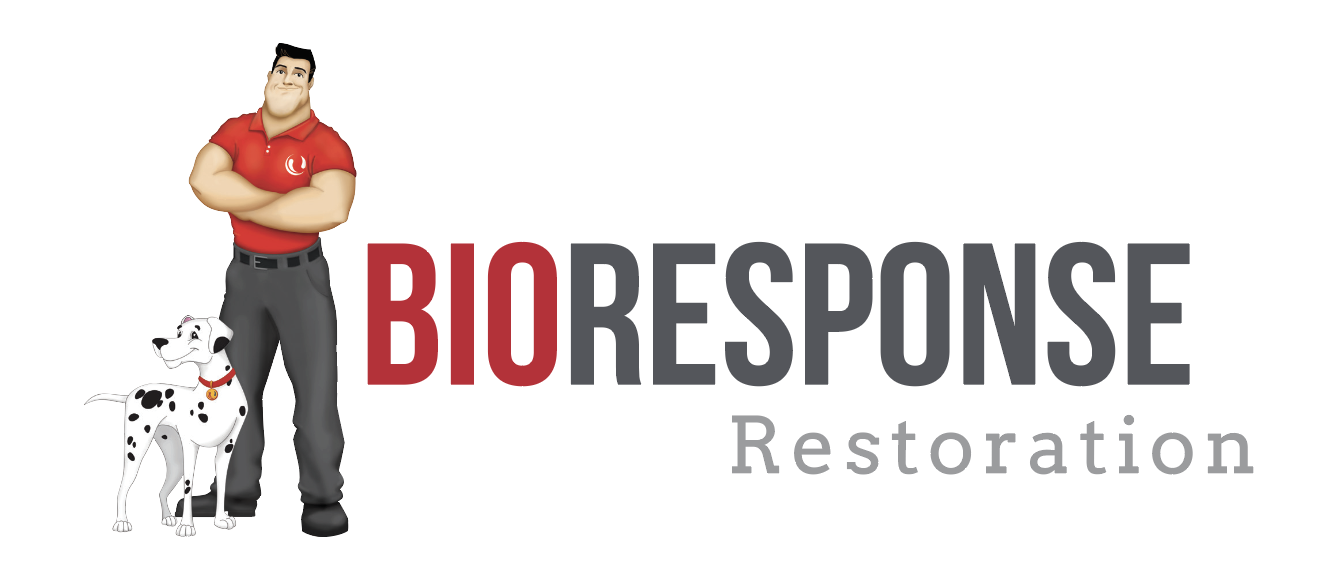On a recent infection risk assessment at child daycare I asked the administrator what chemicals they utilize to clean the diaper changing stations, bathrooms and in the event all of the all too common oopsy. The response was shocking. “We have a 10-1 bleach concentration that we have to use because the Dept. of Health always asks to see when they do site visits”. When I asked if it had to be bleach or if they asked for disinfectant she pulled out a Site visit form that in deed showed the acknowledgement of bleach being in the facility. So allow me to explain why this is shocking.
BLEACH IS TOXIC!
Sorry to be so adamant but these are children we are talking about and the Department of Health is created to protect their health. They should know what I’m about to explain to you. Bleach is cheap and yes is a disinfectant but with the large amount of safe alternatives there is no need for it. Besides what is the point of cleaning if you’re harming people’s health in the process. Additionally, bleach when mixed with water completely dissolves (dangerously to environment) after about 2 days, making it useless as a disinfectant. BRC Infection Control Solutions does not utilize bleach ever. BRC uses only safe non-hazardous and effective disinfectants and cleaners. BRC’s mission is to improve the environment of its customer’s facilities.
What is Bleach?
To make bleach, a direct electrical current is sent through a sodium chloride solution (table salt and water). This basically “splits” the atoms leaving chlorine and the caustic soda. Both chlorine and caustic soda (lye) are extremely dangerous. These two chemicals are reacted together to create what we know as bleach. Bleach is one of the most corrosive and deadly chemicals that can be purchased at any food store. Besides being toxic to humans and animals it is destructive to our environment.
Serious Concerns, especially for children
When mixed with ammonia, it creates a deadly gas. Remember that urine contains ammonia, so using the products in the toilet increase the risk of creating a toxic gas that can actually stop lung function.
Chlorine is actually a gas at room temperature, which makes breathing it in likely in most homes.
In its gaseous form (such as at room temperature, mentioned above), chlorine can create dioxins, a known cancer-causing compound also related to birth defects, miscarriage, infertility, diabetes, immune disorders and more.
It’s highly corrosive to the skin, lungs and eyes, as well as other materials, and can actually cause frost bite to the skin and eyes, as well as chemical burns and ulcerations.
It increases asthma and allergy symptoms because of the likelihood of inhalation. It can also cause wheezing, bronchospasm and sometimes non cardiogenic pulmonary edema (a lung condition that prevents enough oxygen from entering the blood).
Ingestion of bleach causes corrosive damage to the tissues of the gastrointestinal tract.
Chlorination of drinking water can oxidize organic contaminants, producing trihalomethanes (also called haloforms), which are carcinogenic (cancer-causing).
Alternatives
At home – Using white vinegar and tea tree oil in your cleaning products is an effective disinfectant and completely natural. For tough spots, stains, food or dirt, combining baking soda and vinegar clean effectively without corrosion. Hydrogen Peroxide is also an excellent natural stain lifter and disinfectant.
BRC Infection Control utilizes safes non-hazardous and effective disinfectants and cleaners. See Our Process page to learn more about how we disinfectant and protect your customers.
